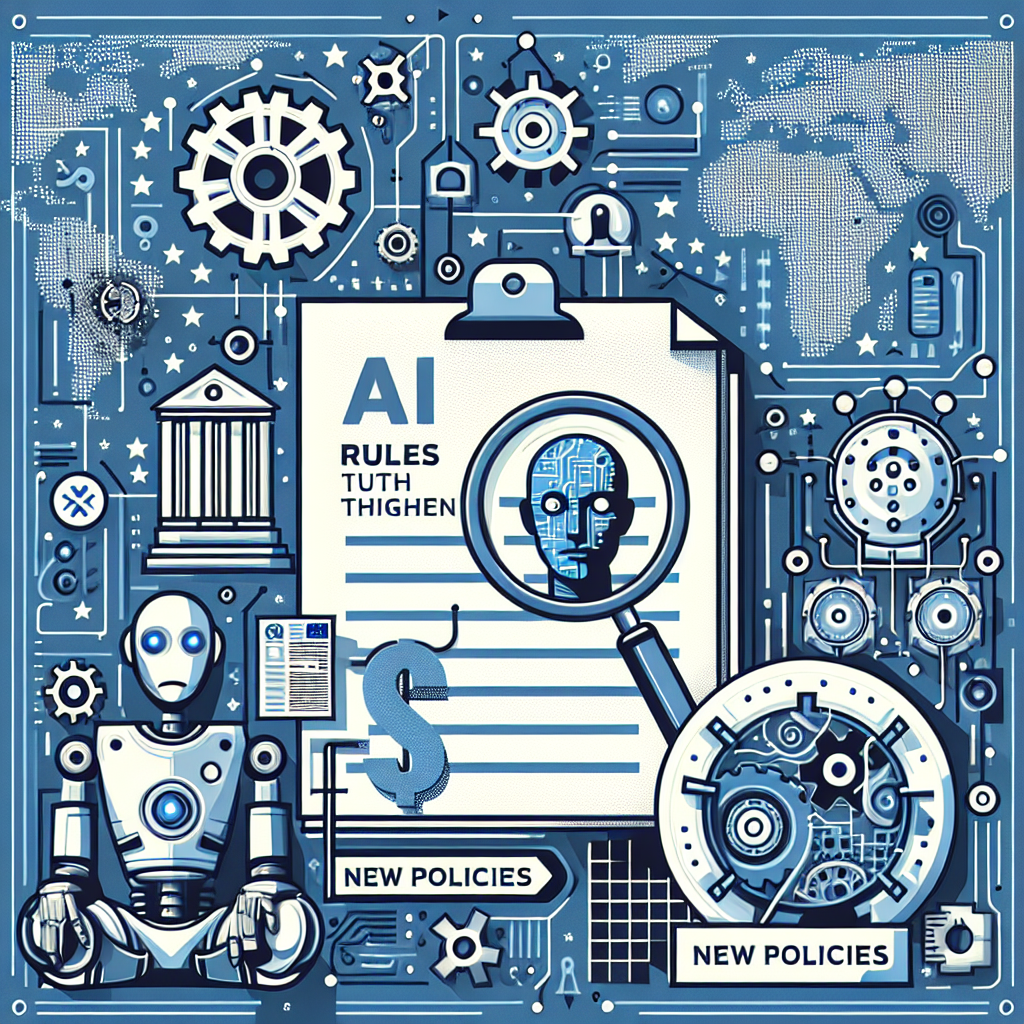EU AI Act Sets the Pace for Global AI Rules

Europe’s landmark AI law moves from theory to practice
Europe’s sweeping Artificial Intelligence Act, approved in 2024, is moving into implementation. Policymakers call it “the world’s first comprehensive law on AI.” The law introduces a risk-based framework that aims to protect fundamental rights while allowing innovation. Companies that deploy or sell AI in the European Union are now preparing for phased obligations that begin to take effect from 2024 onward.
The stakes are high. AI systems are rapidly entering everyday life, powering search, coding assistants, medical tools, and logistics. Regulators worldwide are watching Brussels. As one Silicon Valley executive, Google CEO Sundar Pichai, wrote in 2020, “AI is too important not to regulate.”
What the EU AI Act does
The Act sorts AI systems by risk and sets requirements accordingly. The structure is designed to be technology-neutral and to adapt as models and uses evolve.
- Prohibited practices: A narrow set of uses is banned. These include social scoring by public authorities and certain manipulative or exploitative systems that can cause harm. The law also restricts the creation of facial recognition databases through untargeted scraping of images from the internet.
- High-risk systems: AI used in critical areas such as medical devices, employment, education, and essential services faces strict rules. Providers must conduct risk management, ensure high-quality data, keep logs, enable human oversight, and meet cybersecurity standards.
- Limited risk and transparency: Systems like chatbots must clearly inform users that they are interacting with AI. Deepfakes must be labeled, with some exceptions for law enforcement and research.
- General-purpose and foundation models: Developers of large models must provide technical documentation, respect copyright rules, share summaries of training data, and support safety testing. Models with systemic risk face extra obligations, including red-teaming and incident reporting.
The law also establishes an EU AI Office to oversee general-purpose models, and encourages regulatory sandboxes so startups can test systems under supervision.
When the rules take effect
Brussels has set a phased timeline. This gives providers and users time to adapt designs, contracts, and internal controls.
- Prohibitions: Apply around six months after the law enters into force.
- General-purpose model duties: Apply roughly one year after entry into force, with stricter duties for models deemed to pose systemic risk.
- Most high-risk obligations: Apply after a longer period (around two years), with some sector-specific timelines tied to existing EU product rules.
National authorities will enforce compliance, coordinated through the European Commission. Penalties can be significant, particularly for banned uses and failures to meet high-risk requirements.
A ripple effect beyond Europe
The EU’s move arrives amid a global race to write AI guardrails. The United States issued an Executive Order in 2023 that directs agencies to set safety, security, and civil rights standards, and taps NIST’s AI Risk Management Framework to guide industry. The United Kingdom favors a flexible, regulator-led approach and convened the 2023 AI Safety Summit, which produced the Bletchley Declaration. That statement affirmed, “AI should be designed, developed, deployed and used in a manner that is safe, human-centric, trustworthy and responsible.” China has issued targeted rules on recommendation algorithms, deep synthesis, and generative AI providers.
Together, these efforts are shaping a patchwork. Multinationals may end up building to the strictest standard, a pattern seen before with Europe’s data protection law (GDPR). That could spread the EU’s risk-based model far beyond its borders.
Industry weighs clarity versus cost
Developers welcome legal certainty but warn about burdens, especially for smaller firms. Compliance can require new documentation, testing, and governance. Some companies say model obligations should be calibrated to actual use and capability, not just size or compute.
At a 2023 U.S. Senate hearing, OpenAI CEO Sam Altman told lawmakers, “Regulatory intervention by governments will be critical to mitigate the risks of increasingly powerful models.” Many in industry agree on the need for rules, but differ on how to implement them without cooling competition or open-source development.
The EU text tries to address this tension. It includes sandboxes and support measures for SMEs. It exempts many research activities and open-source components from some obligations, unless they are put on the market as products. Critics say ambiguities remain, especially around model classification and systemic risk thresholds. The European Commission is expected to issue guidance to fill gaps.
What changes for companies and consumers
- More documentation: Providers will need clear technical files, data governance records, and user-facing instructions. Expect to see more model cards and capability disclosures.
- Labels and notices: Chatbots, synthetic media, and AI-assisted content will carry more visible disclosures. Users should find it easier to know when AI is involved.
- Human-in-the-loop controls: High-risk deployments must include oversight and intervention points. For example, AI that screens job applicants cannot make final decisions alone.
- Vendor diligence: Buyers of AI systems will face duties too. Public bodies and large companies will scrutinize suppliers, seeking assurances on data quality, safety testing, and rights impact.
- Enforcement and redress: Individuals and civil society groups are likely to test the new rules in court. National authorities will build capacity to investigate and penalize non-compliance.
Key open questions
As the law rolls out, several issues will shape its impact:
- Defining systemic risk in models: How regulators measure capability and risk will affect which models face extra duties.
- Open-source treatment: The balance between transparency and liability will influence community-led innovation.
- Global interoperability: Will U.S., UK, and Asian frameworks map cleanly to EU requirements, or will firms juggle conflicting standards?
- Enforcement capacity: National authorities must hire experts and build testing infrastructure. That will take time and money.
The bottom line
Europe has set a marker. The AI Act takes a risk-based approach, bans a narrow set of harmful uses, and sets guardrails for high-stakes systems and powerful models. Supporters say it protects rights without freezing innovation. Skeptics warn of compliance drag and legal uncertainty. The next year will be about guidance, sandboxes, and early enforcement cases that clarify the gray areas.
With investment and competition accelerating, policymakers are trying to keep pace. As Pichai noted, “AI is too important not to regulate.” The open question is how to regulate well—and whether Europe’s model becomes the default rulebook for the rest of the world.
























































































































































































































































































